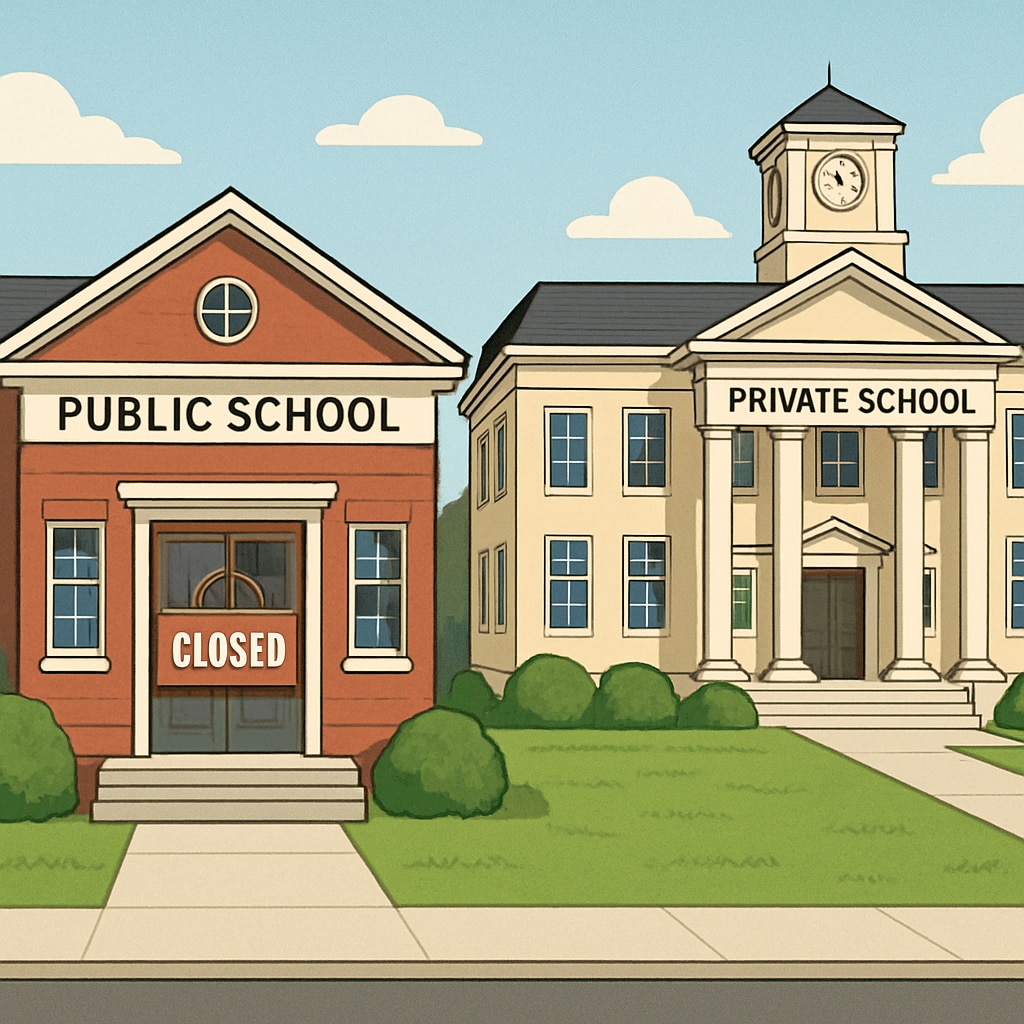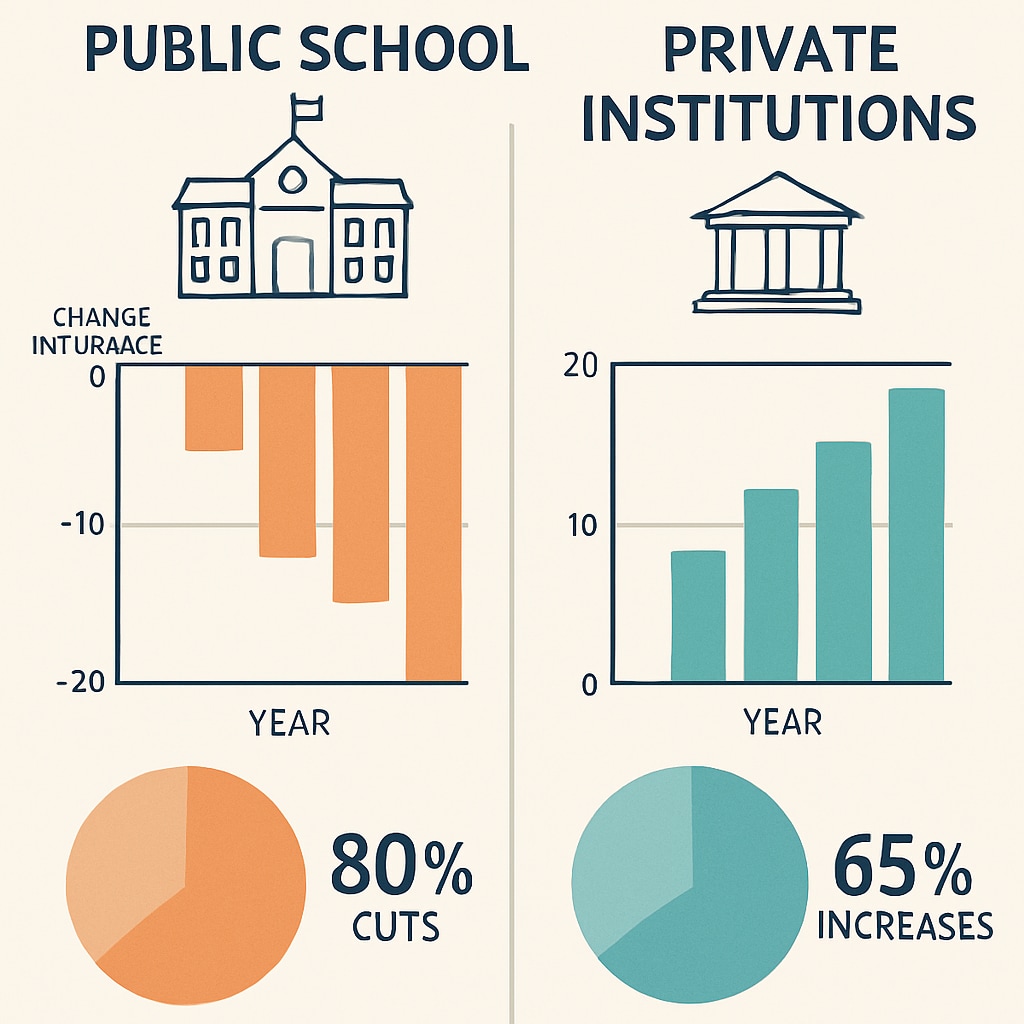In recent years, a subtle yet alarming trend has emerged in the realm of public education: the redirection of education funding to private entities under the guise of reform. Organizations like Stand For Children have played a pivotal role in this shift, using misleading legislation to systematically weaken the public education system. These policies, while appearing to enhance educational opportunities, are creating a crisis that has led to widespread school closures and significant teacher layoffs.

How Stand For Children’s Agenda Impacts Public Education
Stand For Children, a nonprofit organization originally founded to advocate for better education policies, has increasingly shifted its focus toward promoting privatization. By lobbying for legislation that redirects public education funding to private institutions, the organization has contributed to the erosion of the public school infrastructure. For example, voucher programs and charter school funding initiatives have been championed by Stand For Children as solutions to failing public schools. However, these programs often divert crucial resources away from already underfunded public schools.
As a result, public schools are left struggling to provide quality education due to shrinking budgets. This has led to a domino effect: schools closing their doors, teachers losing their jobs, and students being forced to seek alternatives that may not align with their needs. According to a Wikipedia entry on school privatization, such shifts often exacerbate inequality in education access, disproportionately affecting low-income communities.
Misleading Legislation and Its Consequences
The legislation promoted by Stand For Children is often cloaked in language that suggests increased investment in education. Terms like “school choice” and “education innovation” are used to garner public and political support. However, these policies frequently prioritize private institutions over public schools, funneling taxpayer dollars into systems that lack accountability and oversight.
For instance, charter schools, which are privately operated but publicly funded, are often presented as a superior alternative to traditional public schools. Yet studies, such as those cited by Britannica’s overview on charter schools, indicate mixed results in their effectiveness. Moreover, the financial burden placed on public schools to support these private entities weakens their ability to serve their communities.

The Broader Impact: Teachers and Students at Risk
The repercussions of these funding shifts extend far beyond budgets. Teachers, often considered the backbone of the education system, face job insecurity due to reduced public school funding. Layoffs have become increasingly common, leaving educators disillusioned and students without experienced mentors.
Students, particularly those from disadvantaged backgrounds, suffer the most. Public schools in underserved areas often rely heavily on government funding to provide essential resources and programs. When these funds are diverted, students are left with fewer opportunities to succeed academically and socially. This growing disparity threatens to deepen educational inequities and undermine the very foundation of the public education system.
What Can Be Done?
Addressing this issue requires collective action and awareness. Communities must scrutinize policies that claim to improve education and demand transparency in funding allocations. Supporting public schools through advocacy and grassroots efforts can help counteract the effects of privatization.
Additionally, policymakers should prioritize investments in public education rather than diverting resources to private institutions. Strengthening accountability measures for charter schools and voucher programs can ensure that public funds are used effectively and equitably.
As this crisis continues to unfold, it is essential to recognize the role of organizations like Stand For Children in shaping education policies. Only through informed action can we protect the integrity of public education and ensure a fair and equitable future for all students.
Readability guidance: The article uses concise paragraphs, avoids excessive jargon, and integrates authoritative sources to enhance credibility. Transition words like “however,” “for example,” and “as a result” ensure smooth flow between ideas. Lists and infographics are recommended for summarizing complex points.


